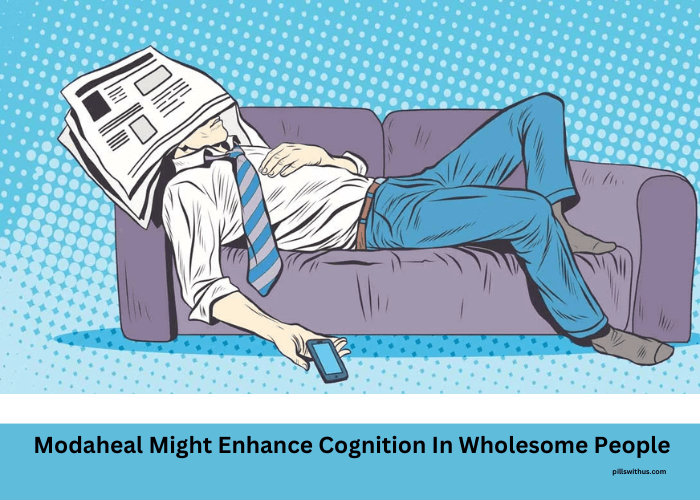If you have a burning or tingling sensation along with an acute, shooting backache that travels down one side of your lower body, sciatica may be to blame. Sciatica, a type of spine pain, frequently gets worse when you remain still for a long time or even when you cough or sneeze. Your leg(s) may also feel weak or numb as a result. About half of the people will develop mild sciatica at some point in their lives, mainly after the age of 30, according to my experience as a spine neurosurgeon. Most people will get relief from sciatica within six weeks using self-care techniques including cold and heat therapy, over-the-counter painkillers, and modest exercise.
Common Causes of Sciatica
Inflammation of the sciatic nerve is a common cause of sciatica. The nerves that make up it originates from various lower back locations. The sciatic nerve, which is composed of these nerves, connects them and then passes through the hips and buttocks, down each leg, and to the region just below the knee before redividing into smaller nerves. Although it can ache both sides of the body, sciatica often only attacks one side.
Most of the patients we treat for spine surgery who have sciatica are between the ages of 30 and 70. We are aware that aging-related changes to the spine are the most common cause of sciatica. These changes, which occur at about age 30, include:
- Herniated disc
- Bone spur on the spine
- Narrowing of the spine (spinal stenosis)
Sciatica is brought on by a herniated disc 90% of the time. Your spine’s discs act as shock-absorbing cushions between the bones as you bend and twist. They are made of rubber and cartilage. A herniated (slipped or ruptured) disc occurs when a portion of the soft inner section of the disc pushes through a crack in the outer part due to wear and tear as you age. The disc may push or rub the nerves that make up the sciatic nerve if it is close to those nerves. This might result in sciatica pain.
Some pregnant women get sciatica in the second and third trimesters as a result of pressure from the developing baby on the sciatic nerve in the pelvis. But this is uncommon, and it usually fades away with birth.
The following are other sciatica risk factors:
- Excessive sitting
- A position that requires constant twisting, heavy lifting, or driving
- Obesity
- Tumors and sciatic nerve injury from conditions like diabetes are rare causes of sciatica.
When to See a Doctor if You Have Sciatica
Self-care techniques can often relieve sciatica symptoms, but I recommend asking for your doctor’s consent before using them. Resting for the first several hours after the beginning of sciatica can help. However, remaining inactive for an extended period might exacerbate leg and/or back discomfort.
The main self-care methods we recommend for the relief of sciatica are:
- Exercise that is gentle for the body, like a block walk
- Stretching you’re lower back gently
- back with heat and ice
- Pain meds available over the counter, such as ibuprofen (Advil, Motrin), aspirin (Ecotrin), or naproxen (Aleve)
- Changing your stance every 20 minutes and adopting the right stance
If you experience numbness or weakness, we strongly recommend that you see a doctor right once to rule out any serious medical conditions. If your discomfort, burning, or tingling down one leg has not reduced after three days, consult with your primary doctor or one of our neurosurgeons in Ludhiana.
We offer accurate sciatica diagnosis and expert sciatica relief therapy at the best Neurologist in Ludhiana. We’ll use a personalized approach to discuss your treatment options, focusing wherever possible on nonsurgical treatments like pain medication, physical therapy, and injections. Surgery can effectively treat sciatica when it is necessary.





